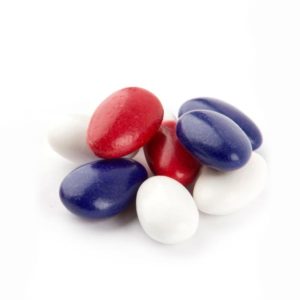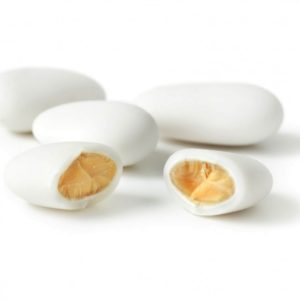Flavor encapsulation
Microencapsulation is a technique used to provide stability to unstable components such as enzymes, flavors, bioactive compounds etc. These unstable components are enclosed in the matrix of covering material which surrounds it and provide stability by restricting its interaction with the environment. Some unstable liquids are also encapsulated to form stable dry powders with extended life. These covering/coating materials are very important. Acacia gum has this application due to its coating ability Food. flavors are frequently changed via microencapsulation from volatile liquids to powder materials which are easily added to dry food items like dessert mixes, soups etc. Additionally, the technique makes the flavor resistant to oxidation. Gum acacia is used as an emulsifier to create an emulsion of the flavor oil, which is then spray-dried to obtain powdered material. For cost-saving purposes, maltodextrin is frequently used with gum nowadays as it is available at low cost. The spray dryer’s input temperature, the concentrations and viscosity of the emulsion, and the ratio of gum acacia to maltodextrin are some of the factors that affect the particle size of the powder obtained after spray drying, which are generally 10 to 200 µm. The persistence of the volatile substances, is also dependent on these factors.









